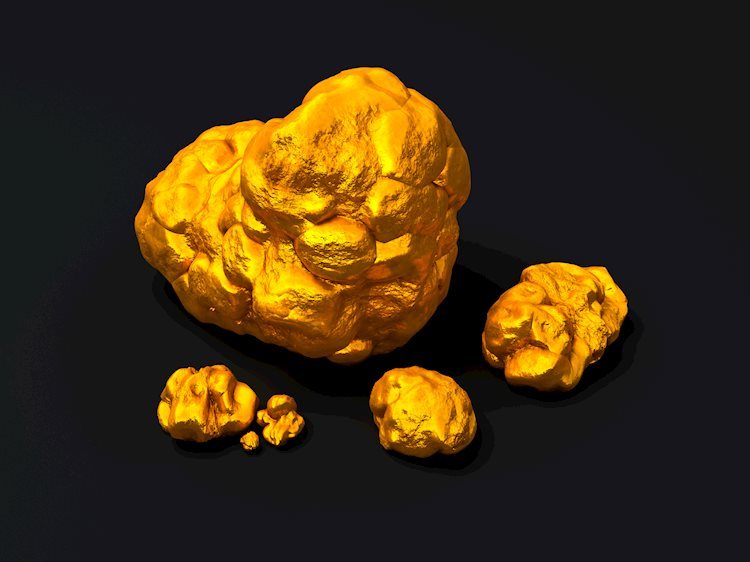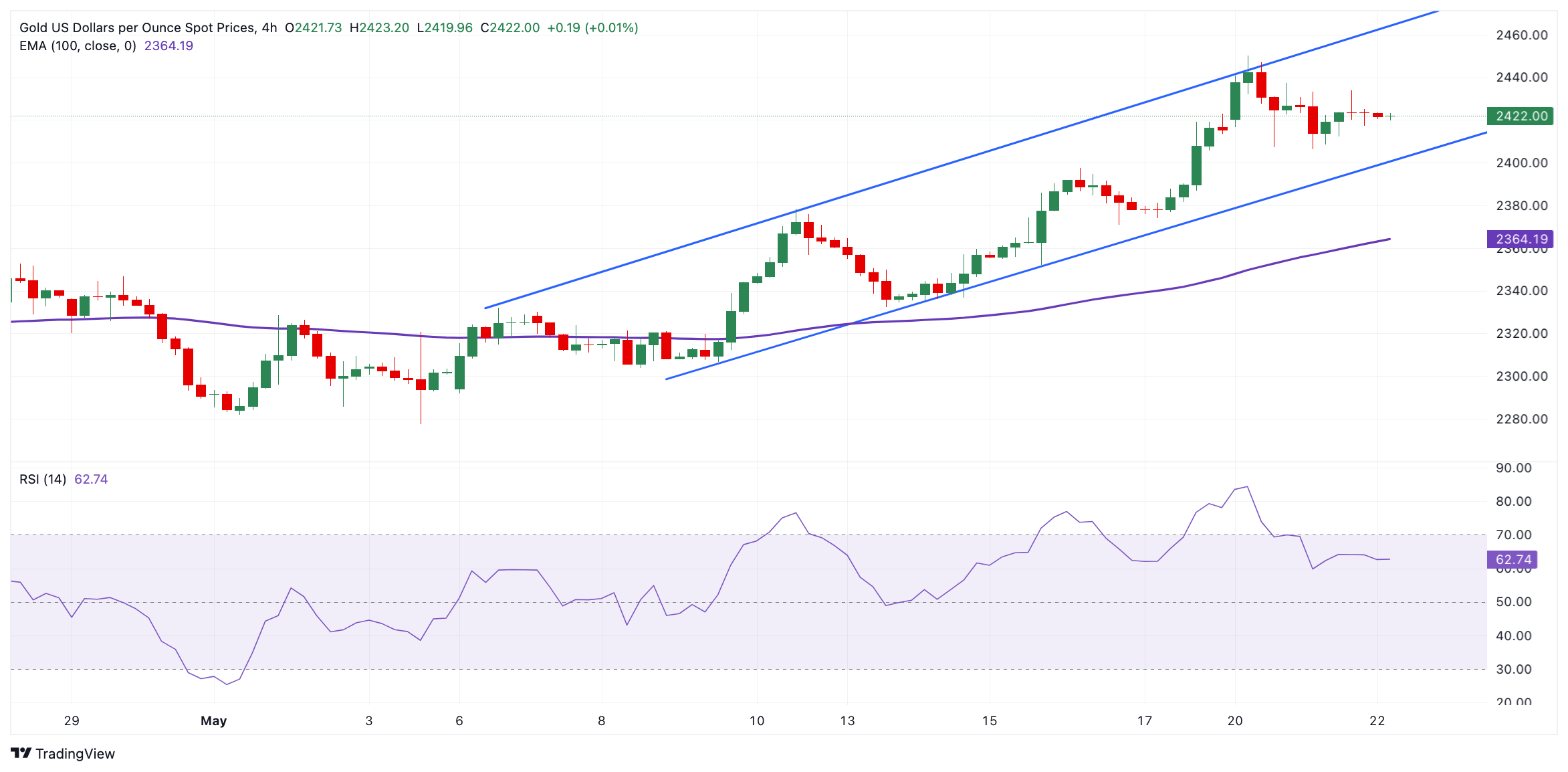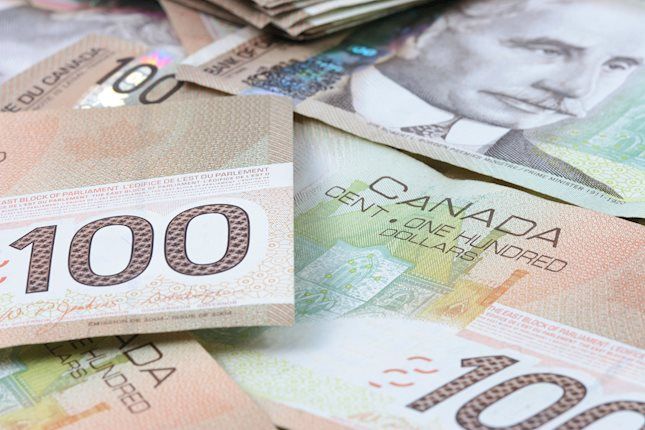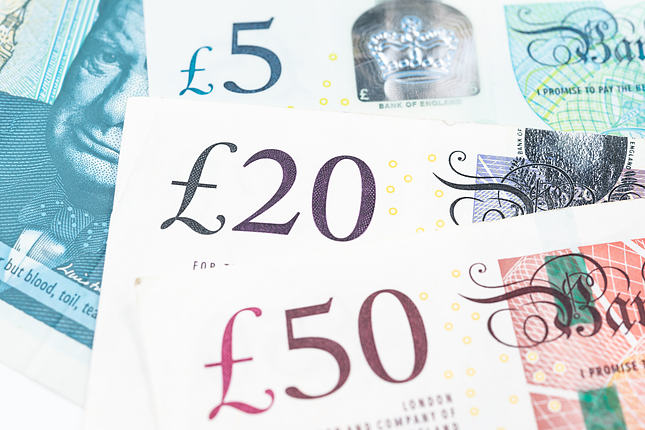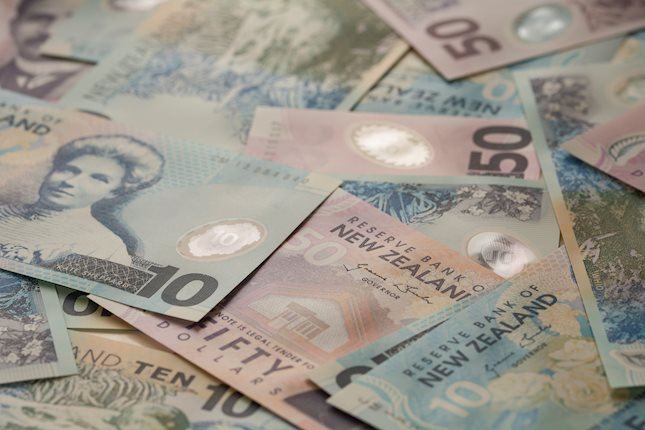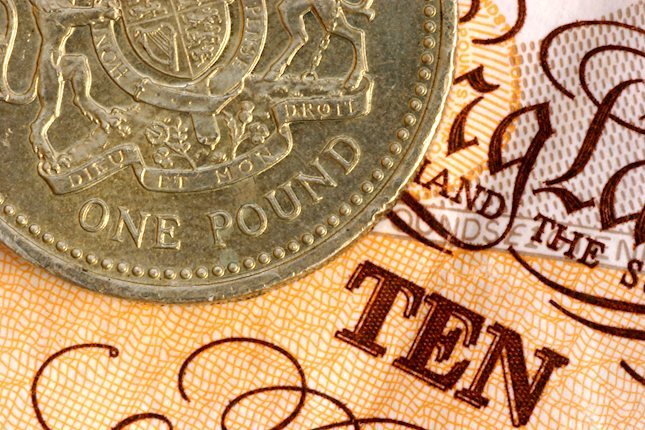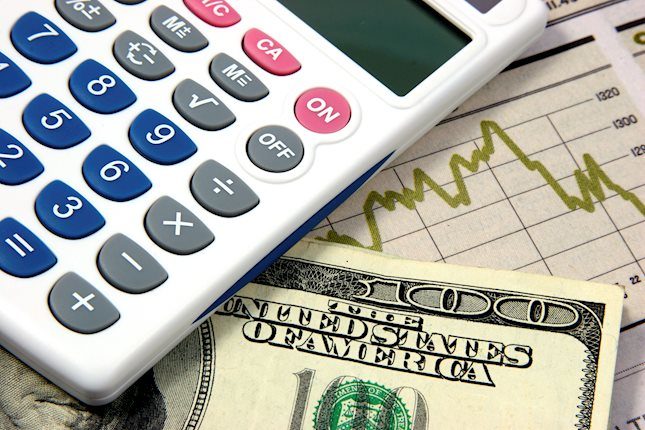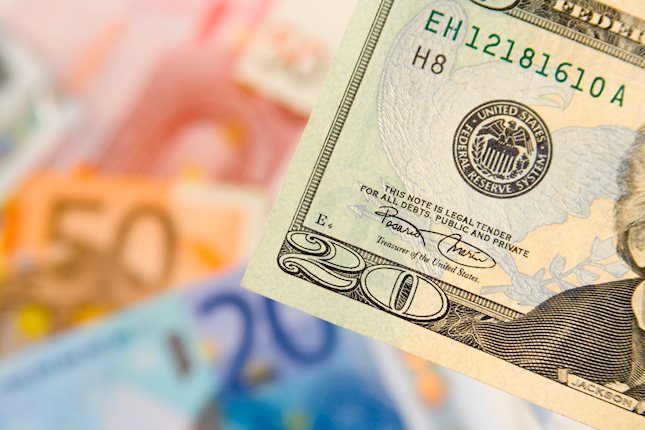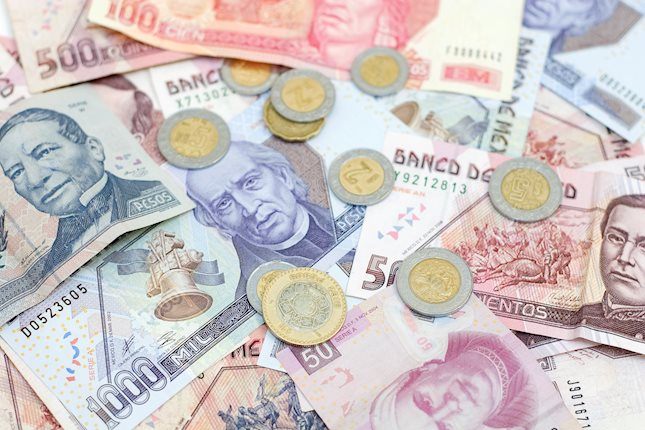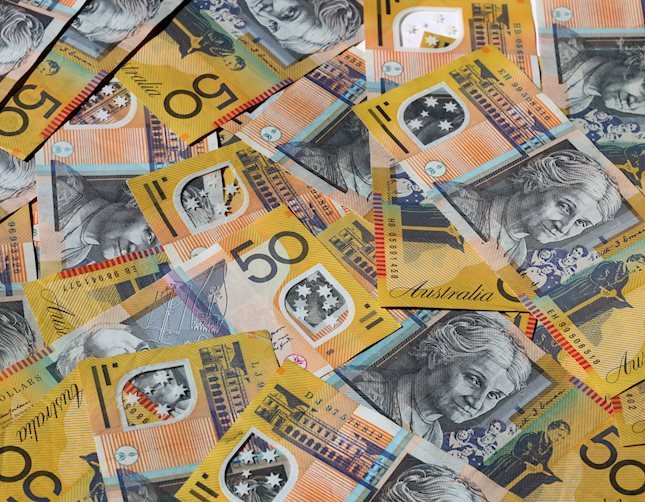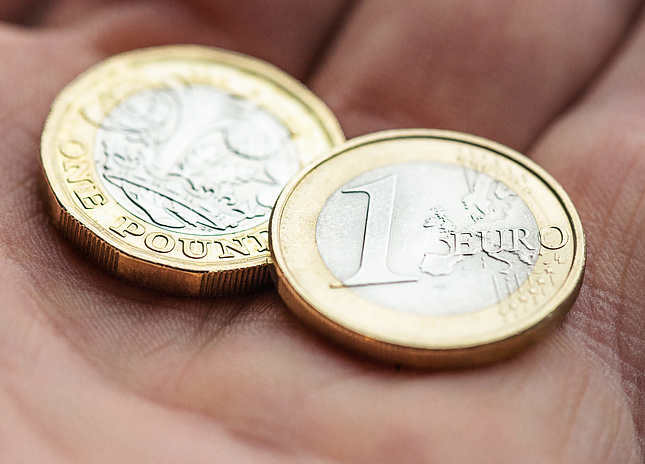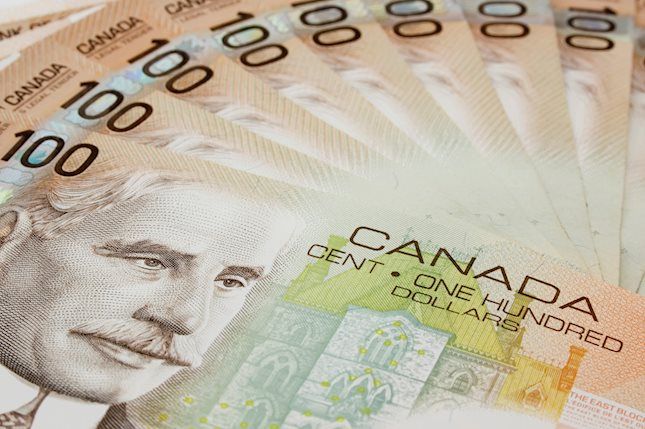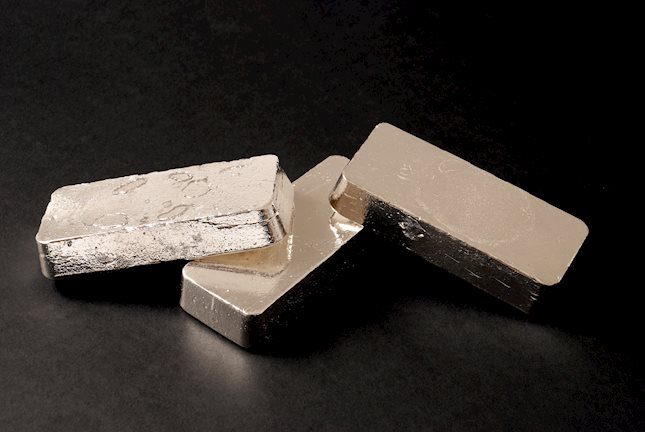Gold price loses its recovery momentum ahead of FOMC Minutes
For the latest news on Gold price click here.
- Gold price edges lower in Wednesday’s early European session.
- The cautious approach from Fed officials weighs on precious metals.
- Gold traders will monitor the FOMC Minutes and Fed’s Goolsbee speech.
Gold price (XAU/USD) trades on a negative note on Wednesday after retreating from a record high on Monday. Members of the Federal Reserve (Fed) warned that the US central bank needed much more convincing that inflation was easing before it could begin cutting interest rates, emphasizing the Fed is likely to keep rates higher for longer. This, in turn, might boost the Greenback and weigh the USD-denominated gold lower.
Nonetheless, the yellow metal’s downside might be limited amid the renewed US-China trade tensions, Middle East geopolitical tensions, and the strong demand from central banks and Asian buyers, which might provide some support to the yellow metal. Later on Wednesday, gold traders will keep an eye on FOMC Minutes, along with the Fed’s Goolsbee speech.
Daily Digest Market Movers: Gold price struggles to gain ground as uncertainties over US interest rates persisted
- Fed Governor Christopher Waller said that he does not think further rate hikes will be necessary, adding he will need some convincing data before he backs cuts anytime soon.
- Atlanta Fed President Raphael Bostic noted that the US central bank has to be cautious about the first-rate move. Bostic further stated that he would “rather wait longer for a rate cut to be sure inflation does not start to bounce around.”
- Cleveland Fed President Loretta Mester said that keeping rates restrictive is not a concern right now given the strength of the jobs market.
- Boston Fed President Susan Collins said on Wednesday that progress toward a lower interest rate adjustment will take longer.
- Financial markets expect the first cut to happen in September at the earliest, with two reductions of a quarter percentage point before the end of the year, according to the CME Group’s FedWatch tool.
- On Tuesday, the US officially announced tariff hikes on a wide range of Chinese goods, while China may consider increasing temporary tariff rates on imported cars equipped with large-displacement engines.
Technical Analysis: Gold price’s stance remains positive
Gold price attracts some sellers on the day. XAU/USD has formed an ascending trend channel since the beginning of May. Technically, the yellow metal maintains the constructive outlook unchanged as it holds above the key 100-period Exponential Moving Average (EMA) on the four-hour timeframe. The Relative Strength Index (RSI) remains in the bullish zone around 63.00, suggesting that further upside looks favorable for the time being.
The first upside target for the precious metal will emerge near an all-time high of $2,450. A bullish breakout above this level will see a rally to the upper boundary of an ascending trend channel at $2,465, en route to the $2,500 psychological barrier.
In the bearish case, the lower limit of the ascending trend channel and round mark in the $2,400–$2,405 zone act as an initial support level for XAU/USD. Further south, the downside target to watch is a high of May 10 of $2,378, followed by the 100-period EMA of $2,364.
US Dollar price today
The table below shows the percentage change of US Dollar (USD) against listed major currencies today. US Dollar was the strongest against the Japanese Yen.
| USD | EUR | GBP | CAD | AUD | JPY | NZD | CHF | |
| USD | -0.02% | -0.29% | 0.03% | -0.02% | 0.05% | -0.52% | 0.00% | |
| EUR | 0.02% | -0.30% | 0.04% | 0.02% | 0.09% | -0.49% | 0.02% | |
| GBP | 0.30% | 0.29% | 0.32% | 0.28% | 0.35% | -0.21% | 0.30% | |
| CAD | -0.01% | -0.04% | -0.31% | -0.03% | 0.05% | -0.53% | -0.02% | |
| AUD | 0.02% | -0.02% | -0.28% | 0.03% | 0.07% | -0.50% | 0.01% | |
| JPY | -0.06% | -0.08% | -0.34% | -0.06% | -0.05% | -0.57% | -0.07% | |
| NZD | 0.50% | 0.49% | 0.22% | 0.53% | 0.50% | 0.58% | 0.51% | |
| CHF | 0.00% | -0.02% | -0.29% | 0.02% | -0.01% | 0.07% | -0.51% |
The heat map shows percentage changes of major currencies against each other. The base currency is picked from the left column, while the quote currency is picked from the top row. For example, if you pick the Euro from the left column and move along the horizontal line to the Japanese Yen, the percentage change displayed in the box will represent EUR (base)/JPY (quote).
Gold FAQs
Gold has played a key role in human’s history as it has been widely used as a store of value and medium of exchange. Currently, apart from its shine and usage for jewelry, the precious metal is widely seen as a safe-haven asset, meaning that it is considered a good investment during turbulent times. Gold is also widely seen as a hedge against inflation and against depreciating currencies as it doesn’t rely on any specific issuer or government.
Central banks are the biggest Gold holders. In their aim to support their currencies in turbulent times, central banks tend to diversify their reserves and buy Gold to improve the perceived strength of the economy and the currency. High Gold reserves can be a source of trust for a country’s solvency. Central banks added 1,136 tonnes of Gold worth around $70 billion to their reserves in 2022, according to data from the World Gold Council. This is the highest yearly purchase since records began. Central banks from emerging economies such as China, India and Turkey are quickly increasing their Gold reserves.
Gold has an inverse correlation with the US Dollar and US Treasuries, which are both major reserve and safe-haven assets. When the Dollar depreciates, Gold tends to rise, enabling investors and central banks to diversify their assets in turbulent times. Gold is also inversely correlated with risk assets. A rally in the stock market tends to weaken Gold price, while sell-offs in riskier markets tend to favor the precious metal.
The price can move due to a wide range of factors. Geopolitical instability or fears of a deep recession can quickly make Gold price escalate due to its safe-haven status. As a yield-less asset, Gold tends to rise with lower interest rates, while higher cost of money usually weighs down on the yellow metal. Still, most moves depend on how the US Dollar (USD) behaves as the asset is priced in dollars (XAU/USD). A strong Dollar tends to keep the price of Gold controlled, whereas a weaker Dollar is likely to push Gold prices up.
Forex News
Keep up with the financial markets, know what's happening and what is affecting the markets with our latest market updates. Analyze market movers, trends and build your trading strategies accordingly.
